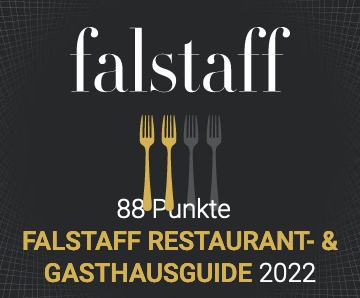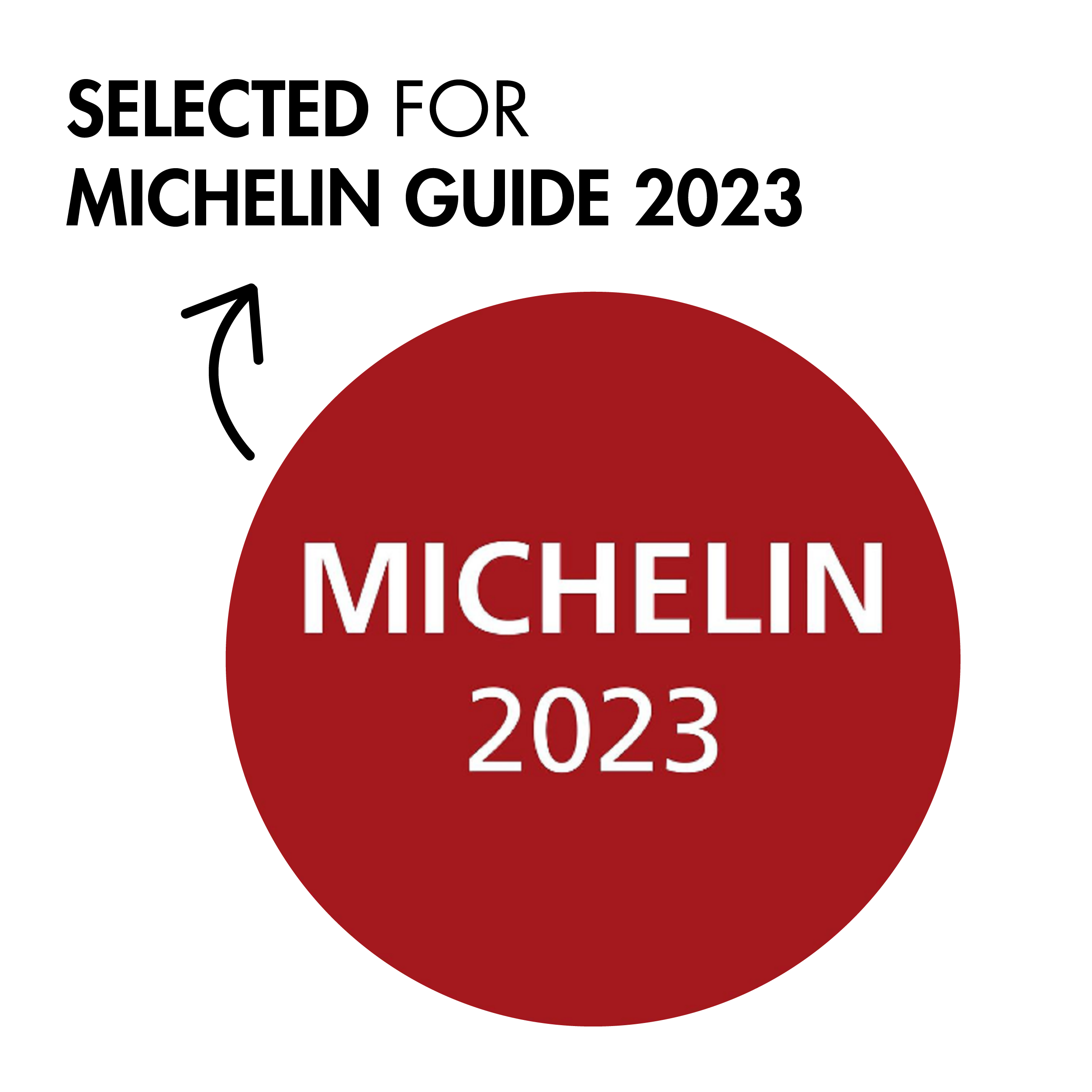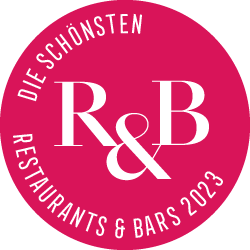Stiftskulinarium
Vielfältige Genussmomente in Salzburgs Innenstadt
Stiftskulinarium
Vielfältige Genussmomente in Salzburgs Innenstadt
Seit über 1200 Jahren werden im St. Peter Stiftskulinarium Gastlichkeit und Gaumenfreuden gelebt. Als ältestes Restaurant Europas vereint St. Peter Haubenküche, Good Vibes, Musik und Weinkultur inmitten uralter Mauern der Salzburger Innenstadt – seit 803.
Ob zwanglose Abende im „Peter“ oder bei der eigenen Feier: Hier begeistern spektakuläres, historisches Ambiente und ausgezeichnete Küche, beste Weine und außergewöhnliche Events. Die Gastgeber bieten eine einzigartige Neuinterpretation altbewährter Tradition aus tausendjähriger Erfahrung des ältesten Restaurants Europas. Veronika Kirchmair und Claus Haslauer spannen hier gekonnt den Bogen zwischen dem Damals und dem Heute und begeistern alle, die guten Geschmack schätzen. Gaumentheater nach allen Regeln der Kunst spielt man im St. Peter Stiftskulinarium in allen Räumlichkeiten, feinste Weine und leidenschaftliches Handwerk laden ein, gemeinsam Geschichte zu schreiben. Denn: Besondere Momente verlangen nach besonderen Orten!
Als besonderer Schauplatz des Genusses auf dem Teller, im Glas und im Herzen präsentiert sich die Outdoor-Lounge, inmitten des lichtdurchfluteten Arkadenhofes. Die mit Abstand beeindruckendste Location weit und breit mit ganz viel Platz für jedermann ist in den warmen Monaten der ultimative Platz für laue Sommernächte, die zwischen heißen Beats und kühlen Drinks ihren unvergesslichen Höhepunkt finden. Der Legende nach soll Faust persönlich bereits im damaligen St. Peter Stiftskeller eingekehrt sein – also halten wir es auch in Zukunft mit seinen Worten: „Verweile doch, du bist so schön!“
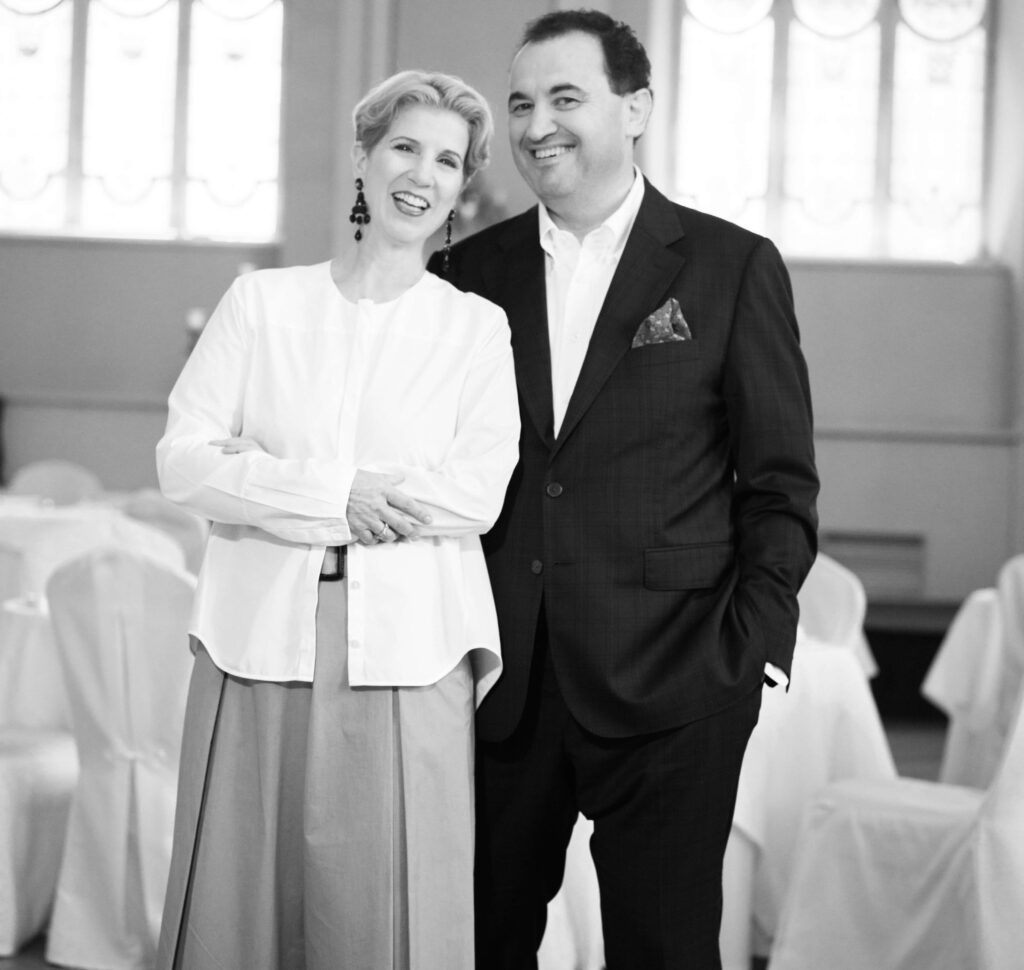
Ihre Gastgeber
Veronika Kirchmair und Claus Haslauer
Gästestimmen
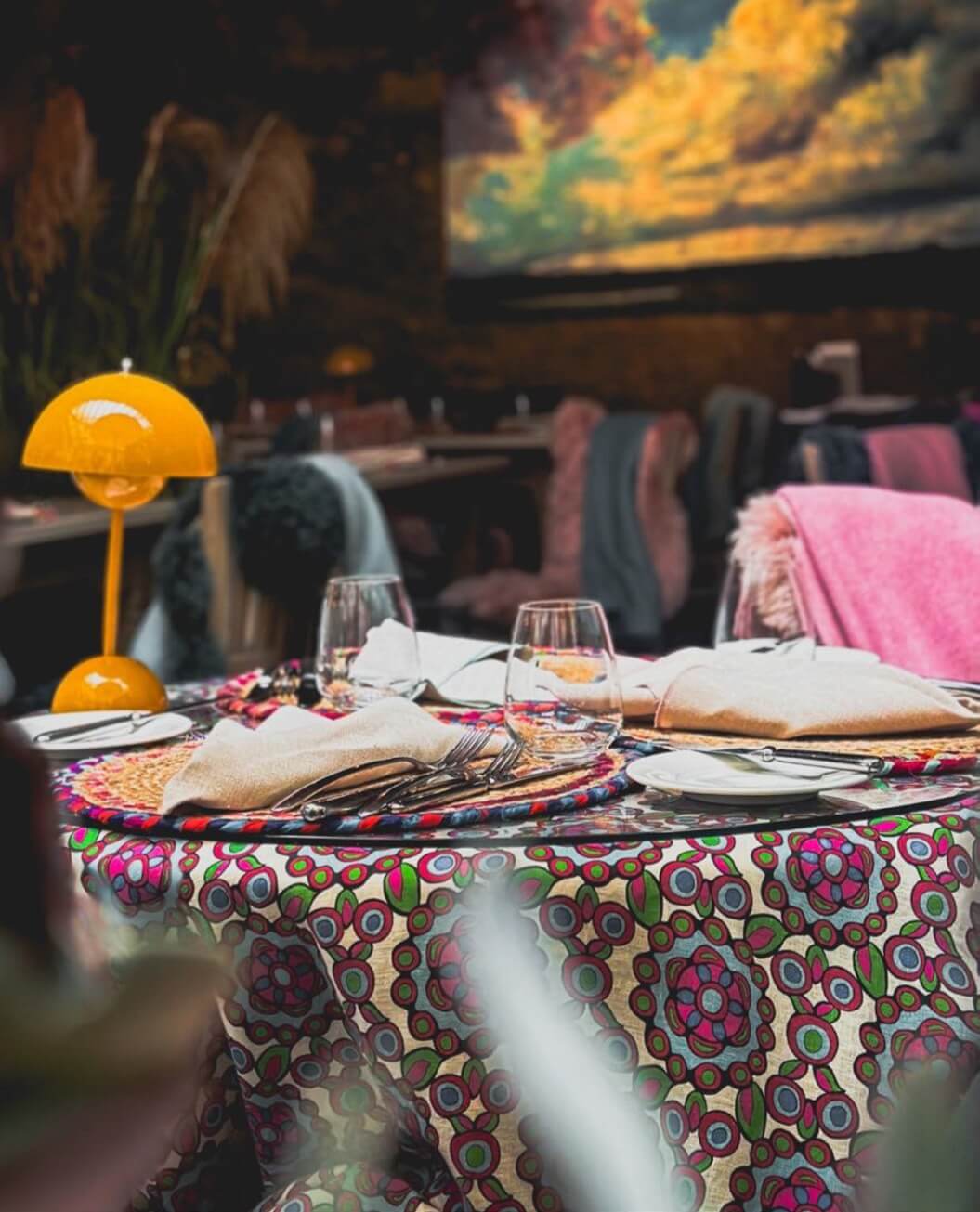
RESTAURANT
Alles, außer gewöhnlich: Hochgenuss vom Feinsten mit österreichischmediterrrane Gaumenfreuden beim „PETER“ stets kombiniert mit erstklassiger Weinexpertise und klangvoller Untermalung – ein Restaurantbesuch mit Erlebnischarakter.
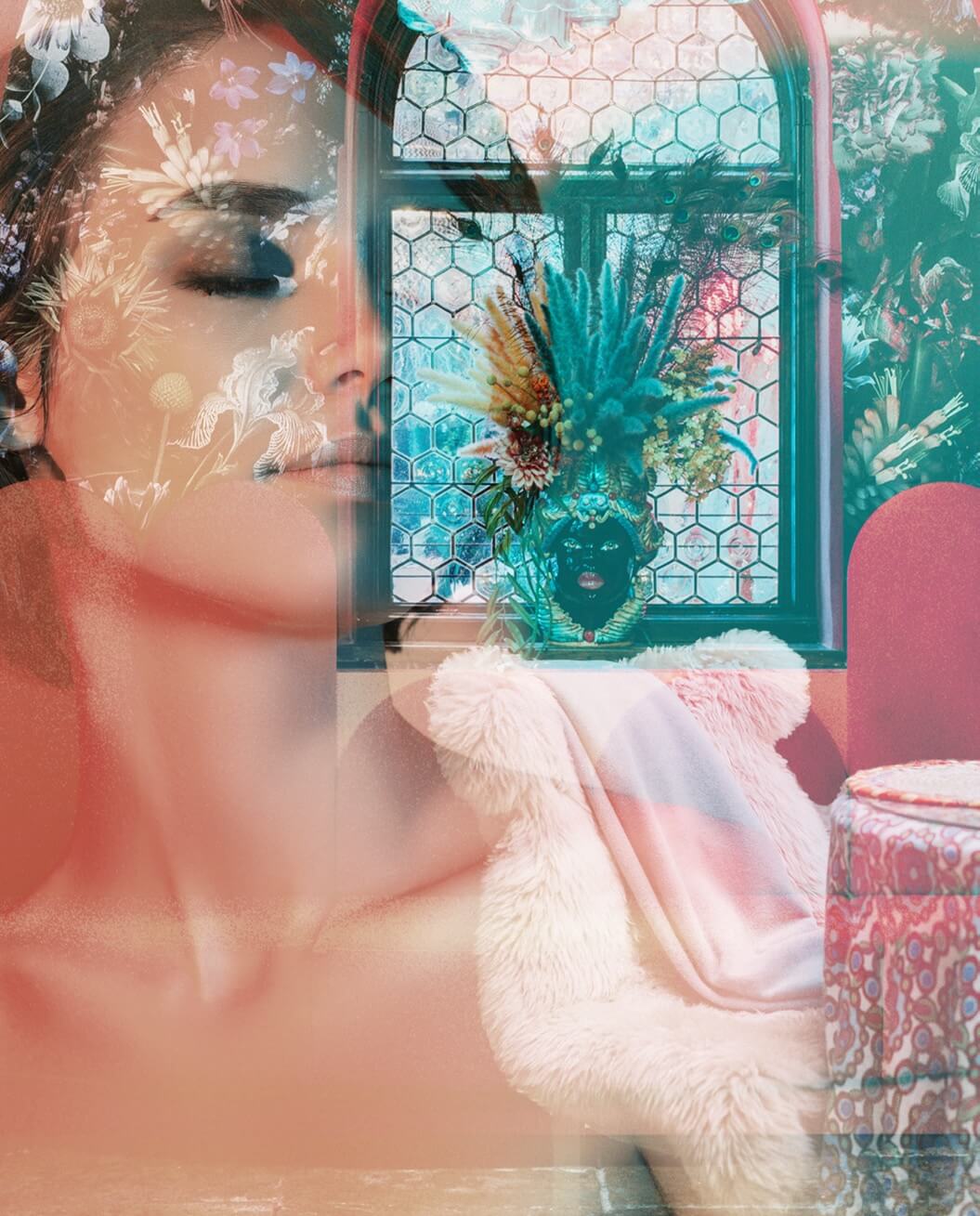
EVENTS
Unvergleichliche Location trifft auf virtuoses Eventmanagement für private und geschäftliche Anlässe jeglicher Art und große Momente made by St. Peter Stiftskulinarium: So oder so, denkwürdige Ereignisse für die Ewigkeit.

CATERING
Die mobile Genusseinheit: Ein komplexes Uhrwerk aus Restaurant-, Veranstaltungs- und Logistikprofis, die reibungslos zusammenarbeiten und einen perfekten Auftritt garantieren.

WEDDING
Exquisite Menüs, Weinseminare und Kulinarik-Events für Bonvivants, die erlesene Spitzenqualitäten und exklusive Wein-Raritäten schätzen. Denn Genuss ist es, was wir leben und lieben!
„VERWEILE DOCH,
DU BIST SO SCHÖN!“
Vers 1700 f. / Faust


